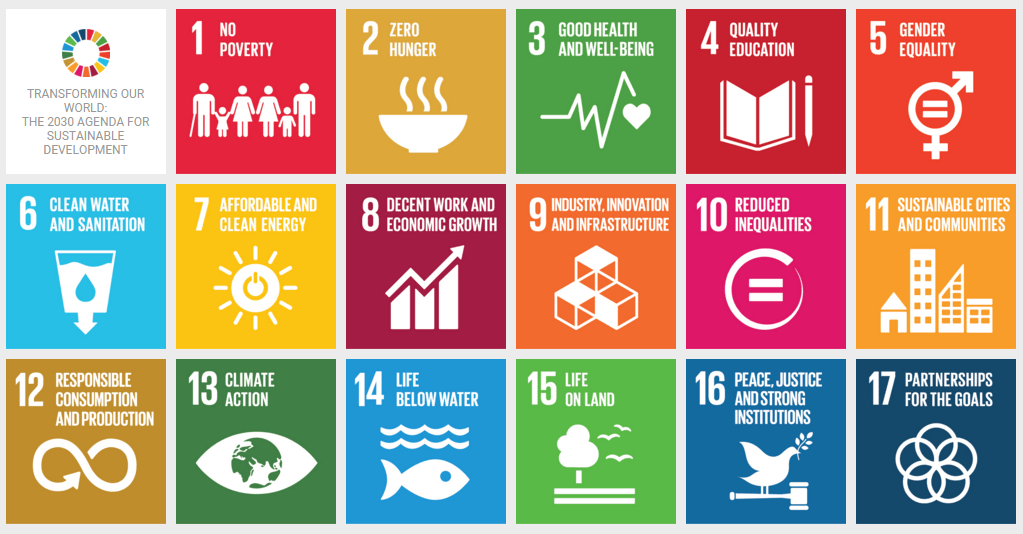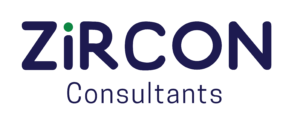How To Get Sustainable Business Success with the ESG Framework
Corporate leaders have come to the realization that a sustainable business strategy is not only beneficial to the environment, but also to an organization’s bottom line. This is where the ESG framework comes in. Subsequently, boardrooms around the world are now adopting better ESG reporting as a strategic tool for organizational sustainability.
ESG (Environmental, Social, and Governance) is a framework that has been adopted by many boards around the world. This is in line with the global goals (SDG goals) set out by the UN to balance social, economic and environmental sustainability. It should be noted that the UN Sustainable Development Goals have become acknowledged as the best tools to use as a framework to improve ESG risk scores and secure long-term business performance and create long-term financial value.
ESG Framework for Organizational Sustainability
Sustainable organizations balance corporate performance with environmental responsibility. The ESG landscape is still very inconsistent and imperfect as it lacks a standardized framework, clear standards and ratings. Consequently, this makes ESG difficult to implement. Nevertheless, companies must evolve to deal with social, environmental and geopolitical issues. These include the skyrocketing energy costs and the green revolution, supply chain disruptions, climate change etc. Companies therefore have to increasingly prioritize the demands of different stakeholders. Additionally, they have to set their own ESG standards according to issues that are most applicable to them, the region where they operate and where the biggest material risks lie.

Also Read: The Importance Of Sustainable Leadership in the Business World
Adoption of ESG in Boardrooms
Involvement of executives and board members guarantees that sustainability objectives are established as “mandates” rather than just “responsibilities”. They are key in guiding the development of strategies and the monitoring of performance for achieving successful results. In Kenya, The Kenya Companies Act of 2017 mandates company directors to review ESG issues that may affect the future performance of the company. Consequently, the board exercises supervision over the ESG reporting plan supported by the CEO and led by the Sustainability Manager.
There is a defined path toward full integration of sustainability in the C-Suite, despite the anticipated challenges. Board governance of sustainability includes:
- Establishing ESG policies by paying attention to sustainability-related matters including reporting, sustainability initiatives, data and stakeholder engagement.
- Implementation, which covers oversight of how the company is adopting controls and best practices to ensure the integrity of its sustainability journey.
- Strategic reflection which involves understanding how the world is changing, and deciding the organization’s role in relation to emerging trends.
SDG Goals and ESG Alignment
Transitioning a business to a fully sustainable model is an intricate process and affects every dimension of the organization. In fact, in an increasingly volatile business environment, deliberate, decisions need to be made and priorities defined. To navigate through the transformation successfully, directors should model personal leadership and resilience as well as take on a strong stand in providing clear guidance amid the complexity. One way to do this is by implementing UN sustainable development goals and the ESG Framework which can enhance business ESG risk scores through various basic means.
7 ways to Improve ESG Scores with the ESG Framework
- Ethical Tax Practices: By paying a fair share of taxes in the countries of operation and avoiding tax evasion.
- Inclusive Value Chain: Incorporating marginalized and underrepresented individuals into the value chain, promoting diversity and equity.
- Community Investment: Investing in local communities to support their well-being and development.
- Supply Chain Ethics: Ensuring there is no presence of slavery or exploitative practices in the supply chain.
- Fair Supplier Compensation: Paying suppliers fair prices for their goods and services.
- Inclusive Corporate Policies: Implementing policies that foster inclusivity within the organization.
- Environmental Transparency: Disclosing greenhouse gas emissions and climate risk exposure resulting from business activities.
These actions align with the United Nations Sustainable Development Goals. They can serve as a gateway to improving a company’s ESG risk scores while also promoting ethical and responsible business practices. Take your time and implement the ESG framework in a realistic way.

Environmental Concerns and Sustainability
Due to the rise in investor interest and activism globally, there is urgency for corporate leaders and board members to develop sustainability competencies. Investors are keen to acknowledge that everyone at the table has a clear understanding of the current reality. Sustainability and climate change are now key elements of risk and financial management. Furthermore, nearly every industry faces risk from the long and short-term physical effects of climate change. This is happening throughout the entire value chain, from raw materials, to transport, to end users.
Environmental sustainability has emerged as a significant concern for organizations today. A poll of public and private sector leaders in the World Economic Forum’s Global Risk Report 2022 revealed that environment-related threats topped the lists of short and long-term global risks. These included climate action failure and extreme weather events.
Consumer Preference for Sustainable Products
There is clear evidence that sustainability strategies lead to greater financial value. Financial gains are partly due to consumer preference for sustainable products and businesses. More and more consumers are invested in spending their money in sustainably responsible companies.
A study by Accenture found that consumers expect more transparency, honesty, and tangible global impact from companies. This is particularly true among emerging markets and millennials. This Harvard Business Review article states that sustainable products have a higher growth rate as compared to non-sustainable products and therefore consumers tend to lean more towards products labelled “sustainable”.
Also Read: The advantage of adaptive leadership in the modern business world
Conclusion
Business decision-makers across the globe today are increasingly acknowledging that balancing corporate goals with environmental responsibility is key to ensuring continued growth, competitiveness and market relevance. Consequently, a holistic collaborative approach, that involves all strategic business units, is fundamental in supporting ESG initiatives across organizational core operations and practices. Additionally, aligning ESG practices with the United Nations Sustainable Development Goals (SDGs) serves as a guiding framework to elevate ESG risk scores, ensuring long-term business performance and the creation of enduring financial value. Active engagement of executives and board members is critical, which will elevate sustainability objectives from mere responsibilities to strategic mandates. Sustainable objectives lead to sustainable products which have a higher growth rate than non-sustainable products
At Zircon, we are at the first stage of establishing ESG policies which will guide us on implementation. Contact us to learn more on ESG and Sustainability Leadership.




